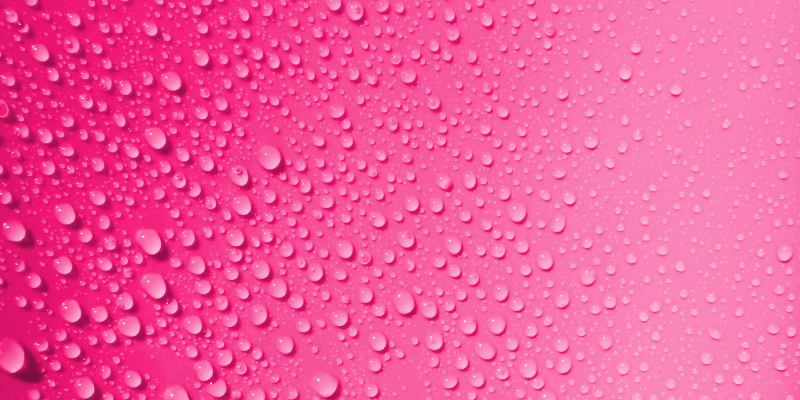What is the best humidity level for healthy skin?

Have you ever noticed that your skin takes quite a while to adjust to different climates when you travel? Maybe you notice a difference in your skin’s moisture level during the transitions between seasons. If so, what you are witnessing is the many ways in which your skin reacts and adjusts to various levels of humidity.
In fact, humidity plays an important role in the overall health of your skin. The ideal relative humidity (RH) for healthy skin is 50%. For reference, Alaska is the state with the highest RH at 77%, compared to Nevada with the lowest RH at 38%.
However, there are ways you can help your skin thrive, even if you live in an area with very high or low relative humidity.
How to Care for Skin in High-Humidity Environments
You might think that the more moisture in the air, the better for your skin, but that is not entirely true. While it is better for your skin to have some moisture in the air, too much moisture can cause its own set of problems, including oily skin, allergies, and fungal infections such as athlete’s foot, jock itch, or ringworm.
If your skin is prone to these issues and you live in a high-humidity climate like Florida, Louisiana, or Hawaii, you may need to add these extra steps to your daily routine:
- Consider using a dehumidifier in your home or office to remove some of the moisture from the air.
- Use a foaming cleanser if you have oily skin. The surfactants in foaming cleansers help to remove excess oil from your skin.
- Use a barrier repair moisturizer if you are prone to skin allergies caused by a high concentration of allergens in humid environments.
- Take a shower immediately after working out or sweating to avoid fungal infections.
How to Care for Skin in Low-Humidity Environments
Whether you live in an area that is dry year-round or becomes dry seasonally — usually in the winter — you have probably already noticed the effects of dry air on your skin. When there is less moisture available in the air for your skin to pull in, transepidermal water loss (TEWL), or the evaporation of water from your skin, becomes a concern. TEWL leads to dry, itchy skin and can contribute to eczema and other related skin conditions. This is why many people who live in northern states experience dry, flaky skin only in the winter months, as the air becomes drier than in the summer.
If you live in a dry climate like Nevada, Arizona, or areas where winters are colder and drier, follow these steps to help your skin maintain healthy barrier function:
- Use a barrier repair moisturizer that uses MLE technology or PSL technology to mimic your skin’s natural lipid structure. A healthy skin barrier will retain water, even in dry climates, and keep irritants and allergens from penetrating the skin.
- Avoid foaming cleansers and other skincare products that dry out the skin. Opt for a creamy, moisturizing cleanser instead.
- Do not use very hot water when washing your face or showering, as this can damage the skin barrier and worsen dryness. Use lukewarm water instead.
- Use a humidifier in your home or office to raise the indoor humidity.
How to Care for Skin When Traveling from Humid to Dry Climates
When traveling from a humid environment to a dry one, or when transitioning from a humid season to a dry one, your skin will need around two weeks to naturally adjust. People who live in humid climates generally have a weaker skin barrier than those who live in dry climates, since moisture is readily available in the air in humid environments, so your skin doesn’t have to work very hard to hold onto moisture.
Thus, when you travel from somewhere like Miami to Phoenix, for example, your skin will need time to ramp up its production of natural moisturizing factor (NMF) in order to accommodate for the drier climate. While this is taking place, you can help your skin stay hydrated by applying a barrier repair moisturizer as frequently as needed. Within two weeks, you should notice that you can use less and less moisturizer as your skin naturally adjusts itself..
In Summary
The environment in which you live plays a large role in your skin’s health and appearance. Being aware of the relative humidity of your area and taking steps to combat the effects of very high- or low-humidity environments will help your skin to stay healthy and happy.
When traveling or transitioning between seasons, your skin has an amazing ability to acclimate itself to the new environment. However, this will take around two weeks, and those with dry skin types to begin with may need extra care if you live in or are traveling to a dry area.


